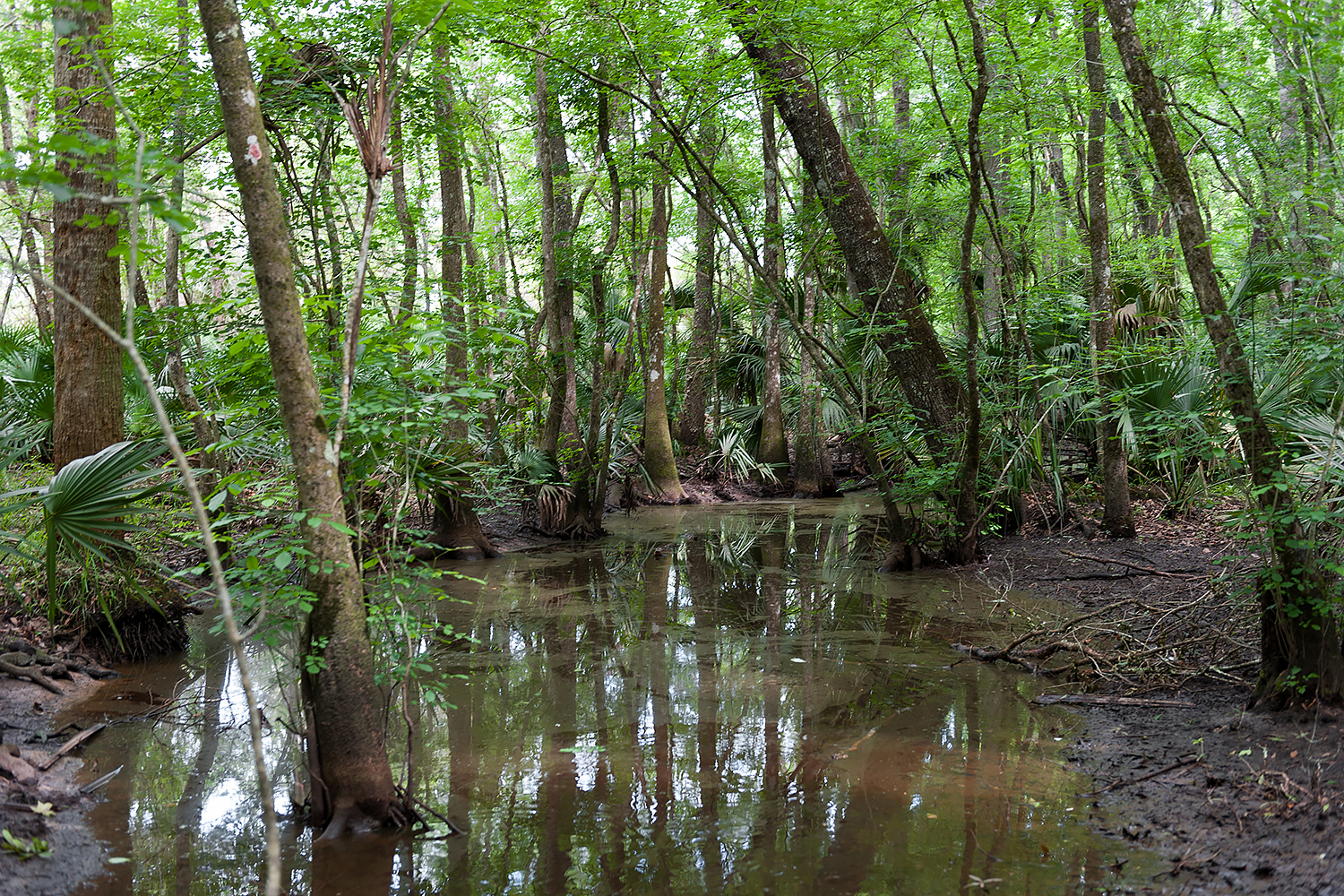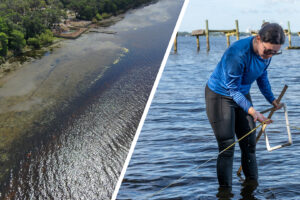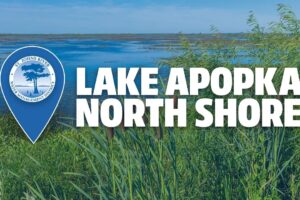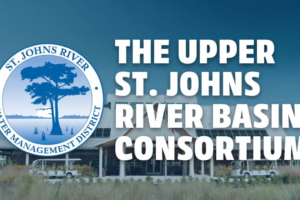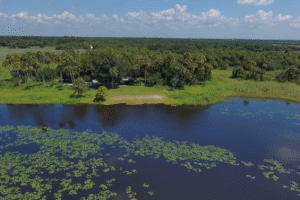Our work focuses on connection between water and land
March 18, 2021
Two upcoming international observances remind us of the link between land and the water the St. Johns River Water Management District was established to protect. International Day of Forests is celebrated March 21, while World Water Day is observed on March 22.
Because of the connection between water and land, we invest in District-led projects and collaborate with local communities through our cost-share programs. Partnerships are an important part of our work to improve water resources while also protecting and maintaining public lands benefitting the health of our rivers, lakes and springs.
The District has contributed $211 million toward 304 worthy water projects in local communities through the Districtwide and Rural Economic Development Initiative (REDI) / Innovative cost-share programs from fiscal year (FY) 2014–15 through FY 2020–2021.
Our District-led water resource protection projects are making great strides as well. At Doctors Lake, in the Lower St. Johns River Basin, decades of stormwater runoff and leaking septic tanks have contributed to water quality issues. Working with the state Legislature and Clay County Utility Authority (CCUA), we have launched the Doctors Lake Enhanced Effluent Treatment Project, an innovative technology project to remove phosphorus from wastewater effluent to treat an estimated 2 million gallons per day. We are also working with CCUA on its septic-to-sewer conversion projects, extending infrastructure to serve lakeside neighborhoods currently on septic systems to reduce total nitrogen entering Doctors Lake by about 1,500 pounds per year.
In central Florida, an innovative pilot project at Lake Minneola uses a combination of field data and water samples to identify cyanobacterial blooms early, before they become large or intense, and treats them with a hydrogen peroxide-based technology. This strategic approach may become another tool to identify algal-prone areas and treat blooms before they become too problematic.
Also in central Florida, the Lake Jesup Nutrient Reduction and Flow Enhancement Project is getting under way. Last year, the District’s Governing Board approved moving ahead on the design for a wetland treatment system located on the District’s Little Cameron Ranch property and enhancing flow between the St. Johns River and the lake. The treatment wetland would remove excess phosphorus from the lake’s water, while the flow enhancement improves circulation in the lake leading to better water clarity and conditions for submerged aquatic vegetation. We anticipate design and permitting to be complete by fall 2021.
Our work also continues at Lake Apopka where a pay-for-performance project uses an innovative technology to remove phosphorus from the lake’s water. Other restoration and water quality improvement efforts on the North Shore include planting native aquatic vegetation, implementing a series of infrastructure improvements that will allow more water storage and reducing nutrient inputs to Lake Apopka.
Did you know that public conservation lands also help to protect water resources?
Sustainable, healthy forests are vital to protect and conserve both Florida’s water supply and quality, while also providing open spaces for the public to enjoy in ways that are compatible with environmental protection and restoration. Equally valuable are the extensive wetlands we’ve protected, which provide habitat for unique and important organisms, help control flooding by slowing down storm surges and absorbing rainwater before it reaches water bodies. These important areas also filter out nutrients and sediments collected by storm water as it runs over the land’s surface protecting fragile waterways.
During the past 40 years, our District has acquired more than 770,000 acres across our 18-county service area to protect water resources, benefiting our core missions of natural communities and water quality. Of the total acreage, about 290,332 acres is forests — pine plantations, natural pine forests and forested wetlands, which we are celebrating as part of International Day of Forests.
We’re focused on Florida’s water resources each day and hope you’ll take a moment to reflect on these observances. Visit our website to learn more about our region’s water resources, and how you can enjoy and help protect them.


